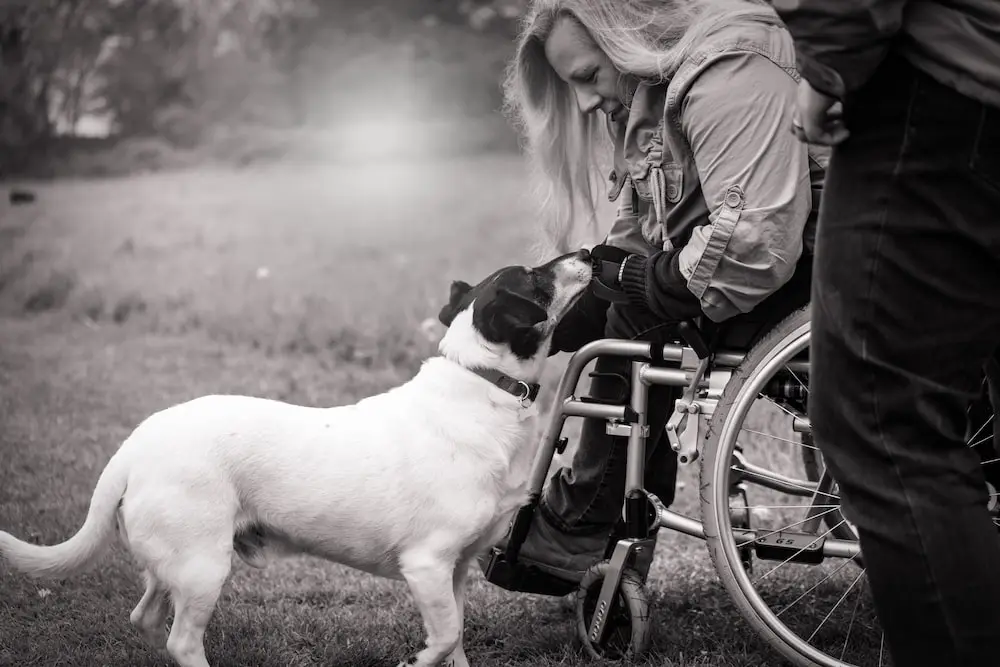Introduction to the power of body language in relationships
In the realm of love and relationships, words are not always enough to convey our true feelings. Sometimes, it’s the subtle movements, gestures, and expressions that speak volumes. This is where the power of body language comes into play. Understanding and decoding nonverbal cues can be the key to fostering stronger connections, building trust, and enhancing intimacy in relationships.
The importance of nonverbal communication in romantic relationships
Nonverbal communication, which includes body language, plays a crucial role in romantic relationships. It serves as a powerful tool for expressing emotions, desires, and intentions without uttering a single word. Studies have shown that a significant portion of communication is conveyed through nonverbal cues, such as facial expressions, posture, and touch.
By paying attention to these cues, couples can gain deeper insights into each other’s feelings and foster better understanding. For instance, a warm smile can convey affection and happiness, while crossed arms might indicate defensiveness or discomfort. Being aware of these nonverbal signals allows partners to respond appropriately and address any underlying issues.
Understanding different types of body language signals
Body language encompasses a wide range of signals, each conveying a specific message. It is essential to understand these signals to decipher the true meaning behind them. Here are some common types of body language signals:
Facial expressions
The face is a canvas that reflects our emotions. Smiles, frowns, raised eyebrows, and narrowed eyes all contribute to conveying our feelings. A genuine smile can indicate happiness and warmth, while a furrowed brow might suggest confusion or concern.
Posture and body positioning
Our posture and body positioning can reveal a lot about our state of mind. Leaning in towards someone signifies interest and engagement, while crossed arms or a turned-away body could signal defensiveness or disinterest. Paying attention to these cues can help partners gauge each other’s level of involvement in the conversation.
Touch and proximity
Physical touch is a powerful form of nonverbal communication. Holding hands, hugging, or gentle touches on the arm can demonstrate affection, love, and support. Additionally, the proximity between partners can indicate the level of comfort and intimacy in the relationship.
How body language affects relationship dynamics
Body language can significantly impact the dynamics of a relationship. Positive body language, such as open and relaxed postures, genuine smiles, and active listening, can create an atmosphere of trust, connection, and intimacy. On the other hand, negative body language, such as crossed arms, avoiding eye contact, or defensive gestures, can create barriers and lead to misunderstandings.
When partners are attuned to each other’s body language, they can establish a sense of emotional connection and security. By responding positively to cues of interest, attraction, and comfort, they can deepen their bond and create a safe space for open communication.
Body language cues that indicate attraction and interest
Understanding the body language cues that signify attraction and interest can be invaluable in navigating the early stages of a relationship. Here are some common cues to watch out for:
Eye contact
Sustained eye contact, especially with dilated pupils, is a strong indicator of attraction and interest. When someone maintains eye contact with you, it shows that they are fully present and engaged in the interaction.
Mirroring
Mirroring is the subconscious imitation of each other’s body language. When two people are attracted to each other, they often mirror each other’s gestures, postures, and even speech patterns. This mirroring creates a sense of rapport and connection.
Touching and proximity
Physical touch, such as light brushes on the arm or playful nudges, can indicate attraction and interest. Additionally, being physically close to someone, whether it’s sitting or standing, suggests a desire for intimacy and connection.
Body language cues that indicate discomfort or disinterest
Just as positive body language cues can enhance a relationship, recognizing signs of discomfort or disinterest can help address underlying issues. Here are some body language cues that might suggest a lack of interest:
Lack of eye contact
Avoiding eye contact or frequently looking away can indicate discomfort or disinterest. It suggests that the person may be distracted or not fully engaged in the conversation.
Closed-off postures
Crossed arms, crossed legs, or turning away from the partner are signs of defensive or closed-off body language. These gestures create a barrier and signal a lack of receptiveness or openness.
Minimal physical contact
A lack of physical touch or minimal contact, such as avoiding hand-holding or refraining from hugging, can indicate a lack of intimacy or emotional connection.
The role of body language in building trust and intimacy
Body language plays a vital role in building trust and intimacy in relationships. When partners are attuned to each other’s nonverbal cues, they can establish a strong sense of emotional connection and security. Here’s how body language contributes to trust and intimacy:
Mutual understanding
By interpreting and responding to each other’s body language, partners can develop a deep understanding of each other’s needs, desires, and boundaries. This understanding fosters trust and allows for better communication.
Emotional validation
Nonverbal cues can provide emotional validation and support in relationships. A comforting touch, a warm smile, or a gentle hug can convey empathy, love, and understanding without the need for words.
Building rapport
Positive body language, such as open postures and active listening, helps build rapport and create a safe space for vulnerability and intimacy. When partners feel seen and heard through nonverbal cues, they are more likely to open up and share their true selves.
How to improve your body language in relationships
Improving your body language in relationships can have a profound impact on the dynamics and overall satisfaction. Here are some tips to enhance your nonverbal communication skills:
Be aware of your cues
Start by becoming more aware of your body language cues. Pay attention to your facial expressions, posture, and gestures. Notice how you respond to different situations and emotions.
Practice active listening
Active listening involves not only hearing the words but also paying attention to the nonverbal cues of your partner. Maintain eye contact, nod in agreement, and show genuine interest through your body language.
Cultivate open and relaxed postures
By consciously adopting open and relaxed postures, such as uncrossing your arms and facing your partner, you signal receptiveness and create a welcoming environment for communication.
Use touch appropriately
Physical touch can be a powerful tool in relationships, but it needs to be used appropriately and respectfully. Be mindful of your partner’s comfort level and boundaries when engaging in physical touch.
Misinterpreting body language: common mistakes to avoid
While body language can provide valuable insights, it’s essential to avoid jumping to conclusions or misinterpreting cues. Here are some common mistakes to avoid:
Assuming one-size-fits-all interpretations
Body language cues can vary significantly from person to person and across different cultures. Avoid assuming that a particular gesture or expression always carries the same meaning. Context and individual differences play a significant role.
Failing to consider other factors
Body language should be considered in conjunction with verbal communication and other contextual factors. People’s moods, past experiences, and personal circumstances can influence their nonverbal cues. Always take a holistic approach to understanding body language.
Overanalyzing or obsessing over minor cues
While it’s important to pay attention to body language, obsessing over every minor cue can lead to unnecessary stress and misinterpretation. Remember that nonverbal cues should be considered in the broader context of the relationship.
Conclusion: Harnessing the power of body language in your relationships
Decoding the language of love through body language can enhance the quality of your relationships. By understanding and responding to nonverbal cues, you can foster deeper connections, build trust, and create a more intimate and fulfilling partnership. Remember to be mindful of your body language, practice active listening, and avoid jumping to conclusions. Harness the power of body language, and watch your relationships flourish.
CTA: Strengthen your relationships by mastering the art of body language. Practice active listening and pay attention to your partner’s nonverbal cues. By improving your body language skills, you can create a stronger, more fulfilling connection with your loved ones.




One thought on “Decoding the Language of Love: Understanding the Power of Body Language in Relationships”